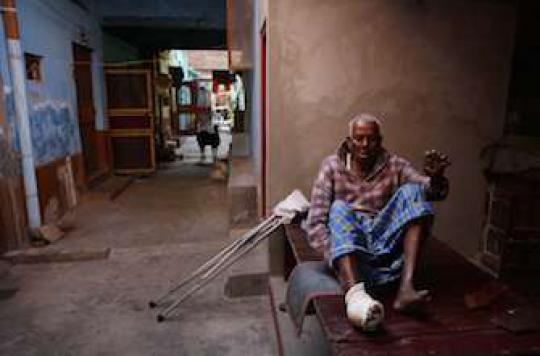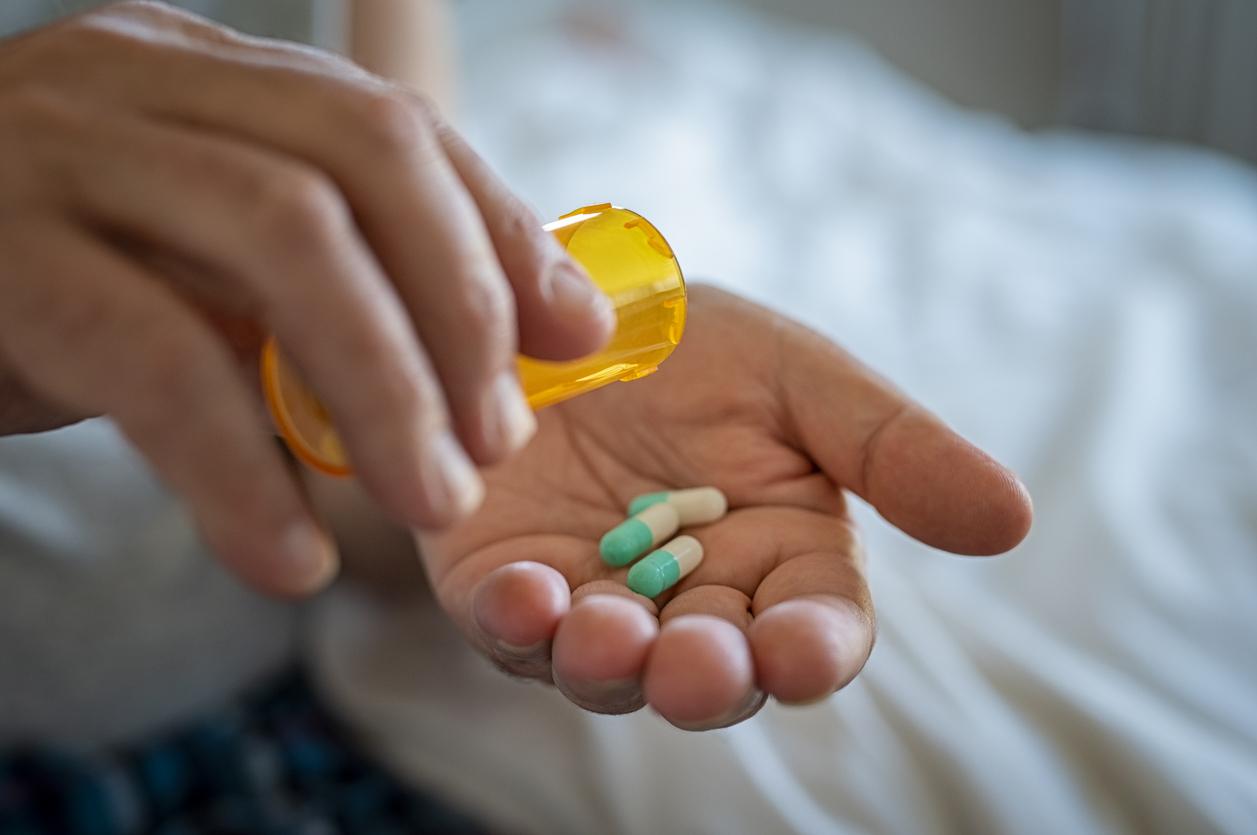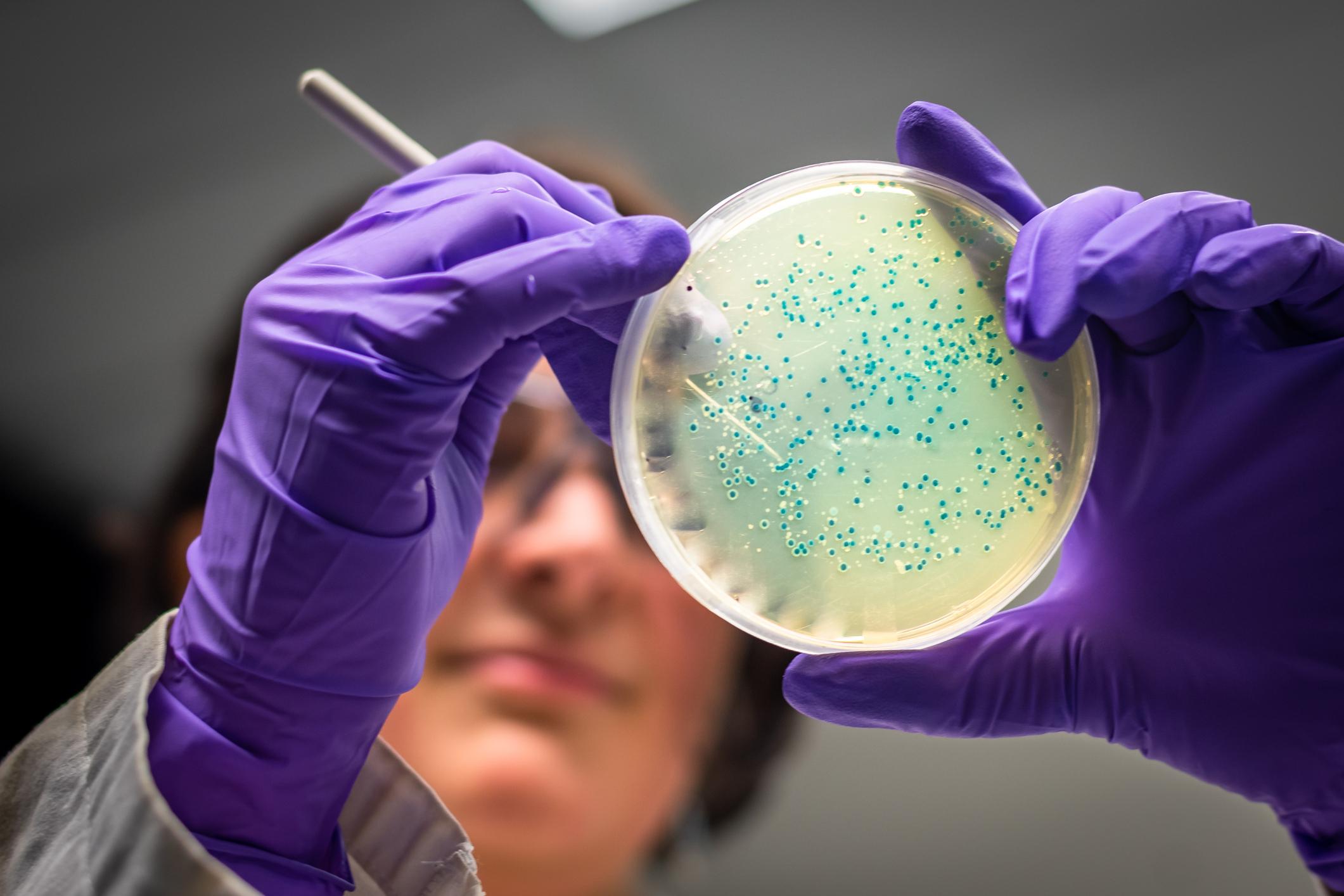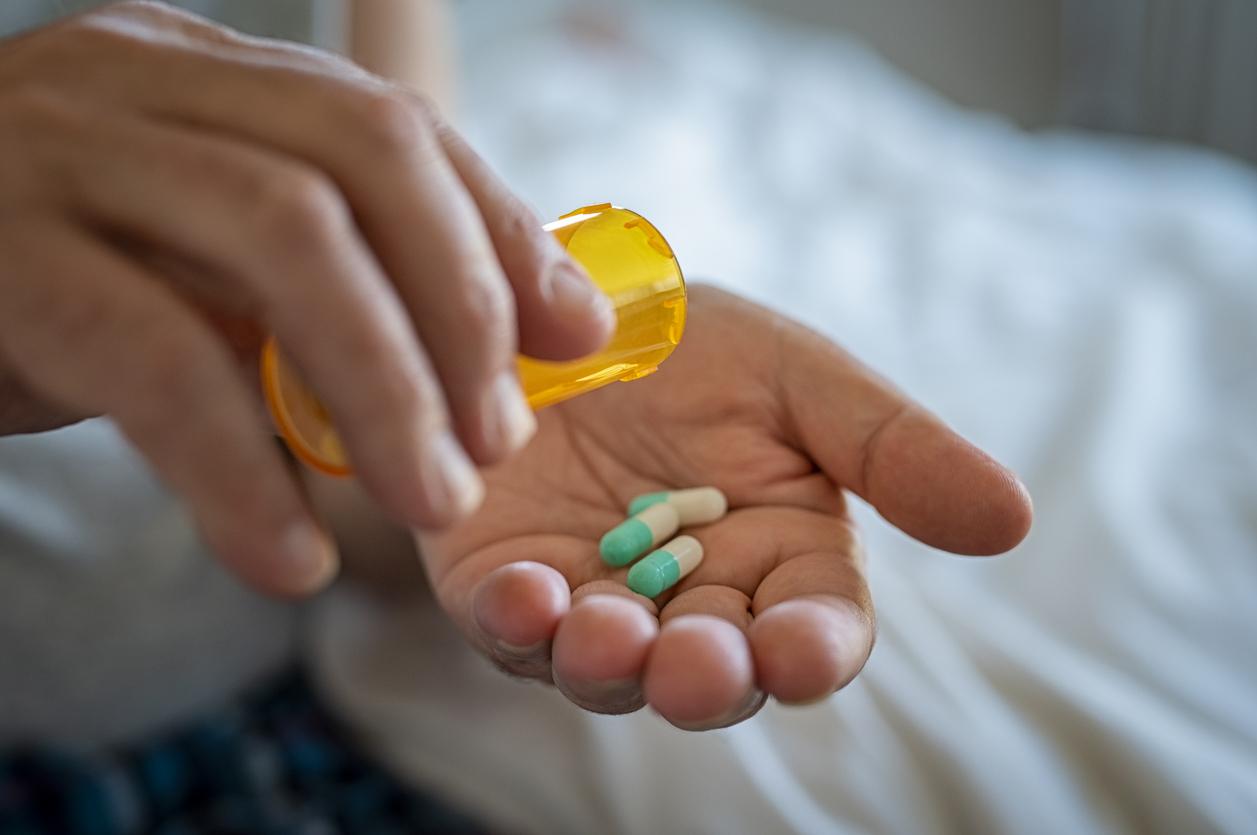For the past ten years, the number of new cases of leprosy has stagnated. The sick are more and more contagious, and one child in ten is affected. On the ground, the fight is organized.

It is a disease associated with poverty, with good reason. While leprosy has disappeared from developed countries, it persists in the most disadvantaged regions of the world. Worse: since 2005, the number of new annual cases has stagnated, despite the efforts of field workers. On the occasion of World Lepers Day, pourquoidoctor takes stock of this ancient disease.
“We do not know everything about this bacterium”
Leprosy is a chronic infectious disease, which affects the skin, mucous membranes and the peripheral nervous system. Caused by the Mycobacterium leprae (or Hansen’s bacillus), it is transmitted through the respiratory tract. Leprosy is very old – it was described in 600 BC – but humanity is struggling to get rid of it. According to figures from theWorld Health Organization (WHO), a new case is diagnosed every two minutes.
“With multidrug therapy (combination of antibiotics), we gave treatment to all new cases of leprosy detected. We have been able to treat more than 15 million patients ”, explains the Dr Roch Christian Johnson, medical advisor for the Raoul-Follereau Foundation. “So we expected the curve to keep going down. But in recent years, there has been a stagnation in the number of new cases. According to this Beninese doctor, several factors are slowing down the fight against leprosy.
Listen to Dr Christian Johnson, medical advisor (Raoul-Follereau Foundation): “ It is a bacillus that continues to challenge the international community. We do not know everything about this bacterium, even though it is a thousand years old. “
The spectrum of resistance
Leprosy mainly affects India, Brazil and Indonesia. But sub-Saharan Africa is not spared: 6,000 new cases are detected each year. “The number of new cases does not always reflect the gravity of the situation”, specifies the Dr Johnson. “We have elements of seriousness, linked to patients screened with disabilities (10 to 20%, editor’s note). Hansel’s bacillus continues to circulate, resulting in a relatively high number of children diagnosed with leprosy (18,000 per year, editor’s note) ”, Adds the doctor.
In the face of illness, the sick are not helpless. For the simple forms – called paucibacillary – a 6-month treatment is set up. For the so-called multibacillary forms, it should last 12 months. These are combinations of antibiotics (rifampicin, dapsone, clofazimine) very effective … but they are not always accessible. And while resistance is a remote threat at the moment, it remains under scrutiny. “The tool we have today is multidrug therapy, and we must be sure that this treatment remains effective”, emphasizes Christian johnson.
Listen to Dr Christian Johnson: ” For the year 2014, we have a case of resistance to rifampicin, the major antibiotic in leprosy. We have had 10 cases of resistance to dapsone, already described for a long time. “
“Put the man back on his feet”
The Raoul-Follereau Foundation works to stop the contagion of leprosy. A job made difficult by the growing number of multi-bacillary forms: they now represent 80% of new cases.
“A new strategy has been put in place. It is based on three pillars. The first is to stop the transmission. This involves active screening focused on multi-bacillary patients, who are the most contagious. », Explains the Dr Johnsonot.
“The second pillar, of course, concerns the care of patients, especially those screened with disabilities. The third pillar is the fight against exclusion. It will be a question of centering the fight around the patients of leprosy, of concentrating on their suffering, and of taking into account all the elements which constitute human brakes to the care of the patients. “
The lack of funds is a major problem: “Leprosy treatment in countries where the disease is rife does not receive much attention. We manage to treat patients thanks to the generosity of the public and the support of the Raoul-Follereau Foundation. Thanks to these resources, we are able to carry out active screening of people in the communities, to set up kits to deal with the complications of leprosy, ”explains the Leprosy. Dr Johnson. “We try to make treatment available where the sick are. “
Listen to Dr Christian Johnson : ” With the donations we are able to rehabilitate patients diagnosed at a late stage, who have infirmities in the hands, feet and eyes. “
.















